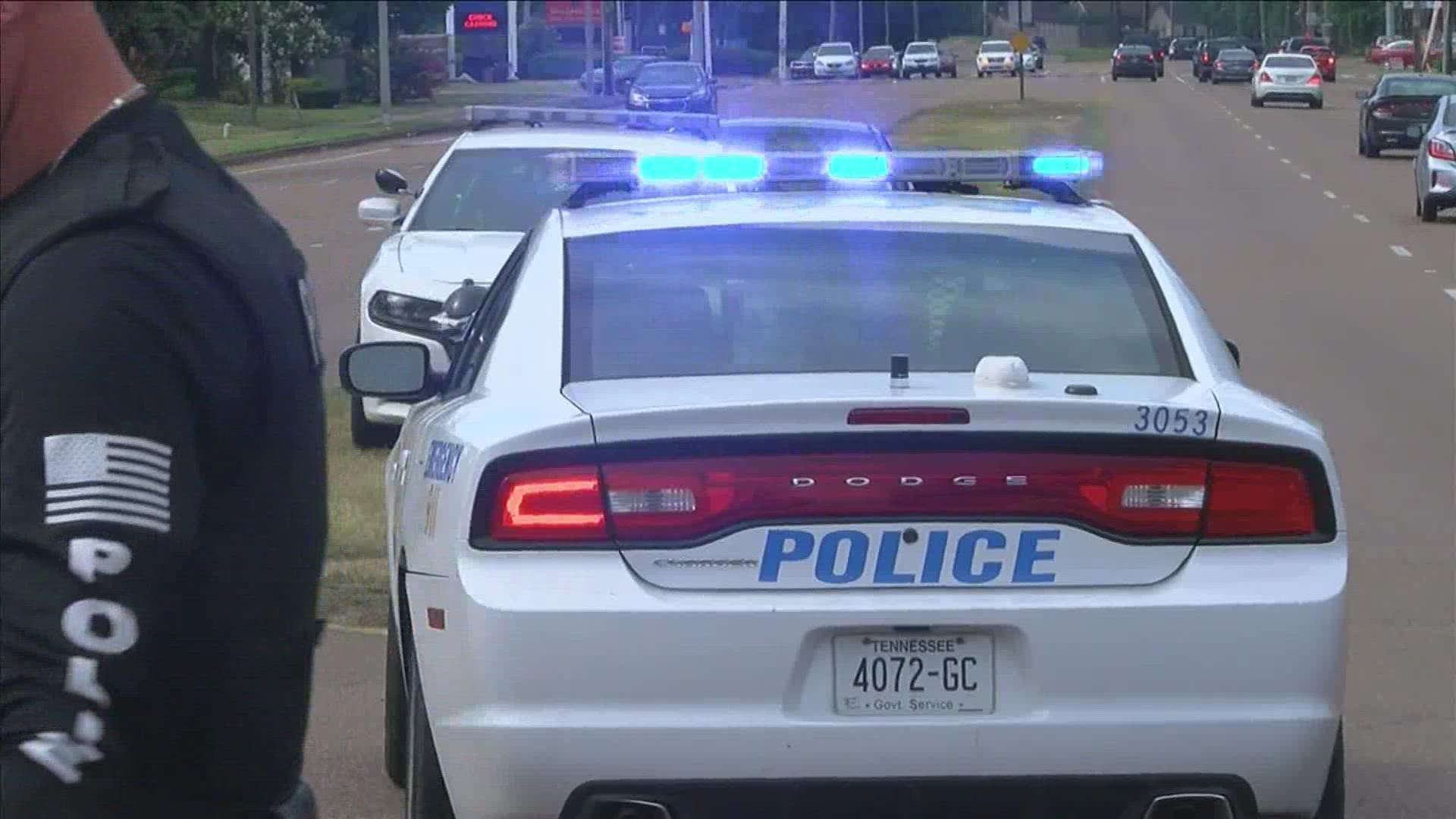MEMPHIS, Tenn. — Giorgio Minnis was taken into custody Saturday after shooting a Memphis Police officer.
The Memphis Police Department said officers arrived at a Hickory Hill apartment complex where it was reported that Minnis allegedly stole his uncle's car, drove it to the complex and made threats to harm people inside the home, including a child.
After ABC24 reported the story, many were left thinking how did a man who shot a police officer, end up not getting fired upon, instead safely taken into custody uninjured?
MPD said while each call is different, the main thing officers are trained to look for is compliance.
The suspect, police said, initially fired shots during a party.
“He was also walking in the wooded area armed," said Assistant Chief Shawn Jones. "Officers challenged him. Officers talked to him they tried to get him to drop the gun.”
Jones said when officers responded, they didn’t know at first that the suspect had a gun on him.
“We began talking to him, our crisis intervention people were there speaking with him trying to get him to come out, get him to give up the gun," detailed Jones. "They were able to subdue him I’d say, but not before he was able to shoot one of our officers.”
Jones added that the officers worked to get the suspect to comply. Using deadly force is a final option, according to Assistant Chief Jones.
"We gave him verbal commands several times to try to get him to disarm, drop the gun," detailed Jones. "They wrestled him to the ground basically and disarmed him in that process. Could have been a situation because he did discharge twice at officers. Our officers could have discharged their firearms, but they maintained firearm restraint."
It's restraint, Jones said, that played into the best interests of everyone - those with badges and in plain clothes.
Jones, who has 35 years of law enforcement experience, said correct training is critical.
"We have about 4 classes at a minimum from a public trust standpoint, from a 21st century policing standpoint that we try to teach all our recruits, on how to interact with the public. We don't want to be seen as an occupying force."
So next, on many minds, are other cases in Memphis where MPD used deadly force, resulting in the death of a citizen.
"You have to be in the officer's mind in the time dealing with that particular situation where they may choose to use force," Jones replied. "I don't want to second guess what someone may have done."
ABC24 asked Jones if it is the norm for people to be injured or killed at the hands of the police.
"In general I would say that no one, no police officer leaves home each day," he said. "When we put on our gun belts, we're not doing that for the purpose of thinking that we're going to have to injure someone. That's not the intent, however, a handgun is issued to us as a tool because there are situations where we may have to defend ourselves or others."
On de-escalation training, activists said they want more from police when in comes to transparent conversations on issues in the community and treatment from officers.
Whatever the solution, they said it’s going to take patience and understanding to rectify the root causes.

